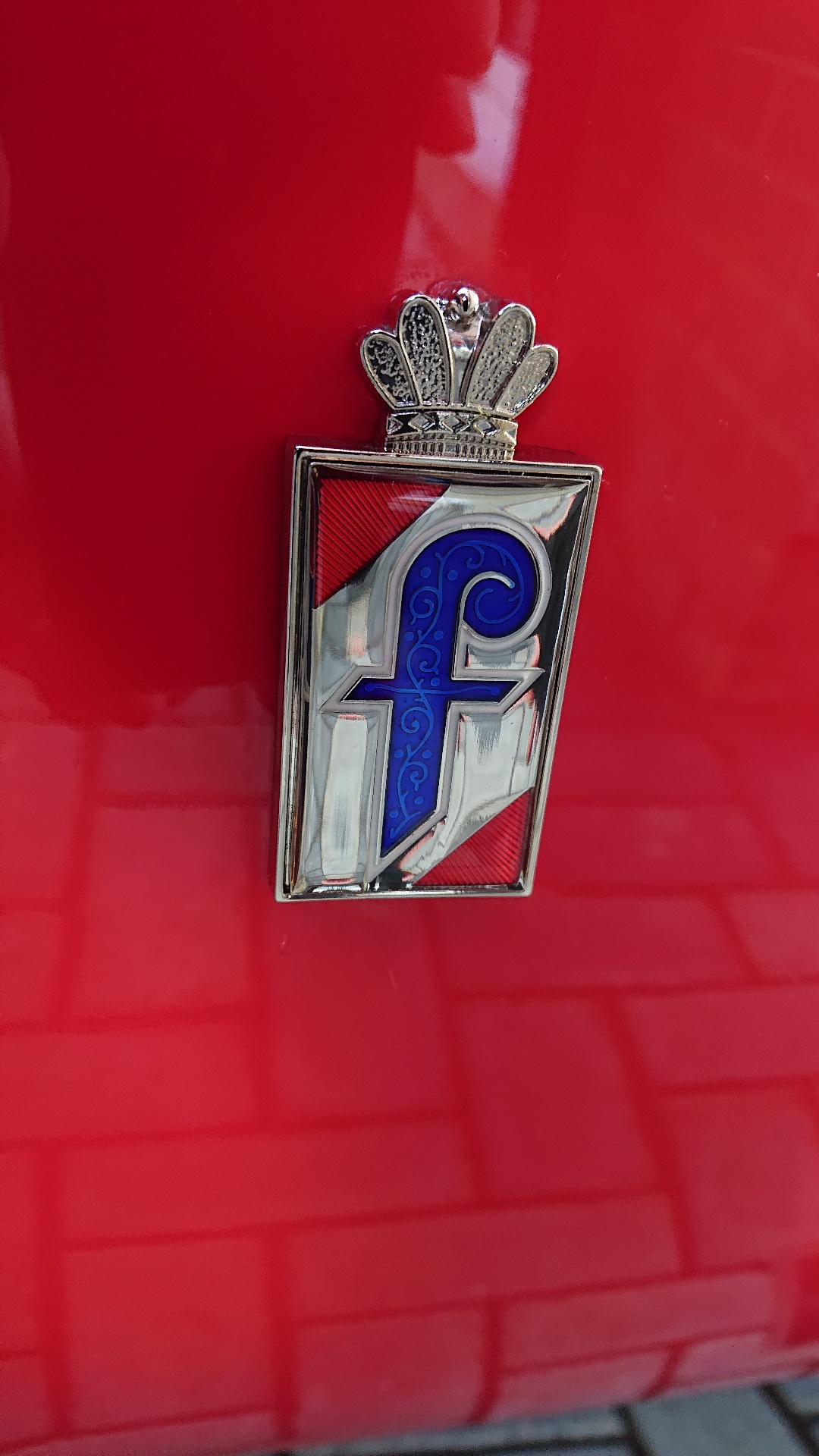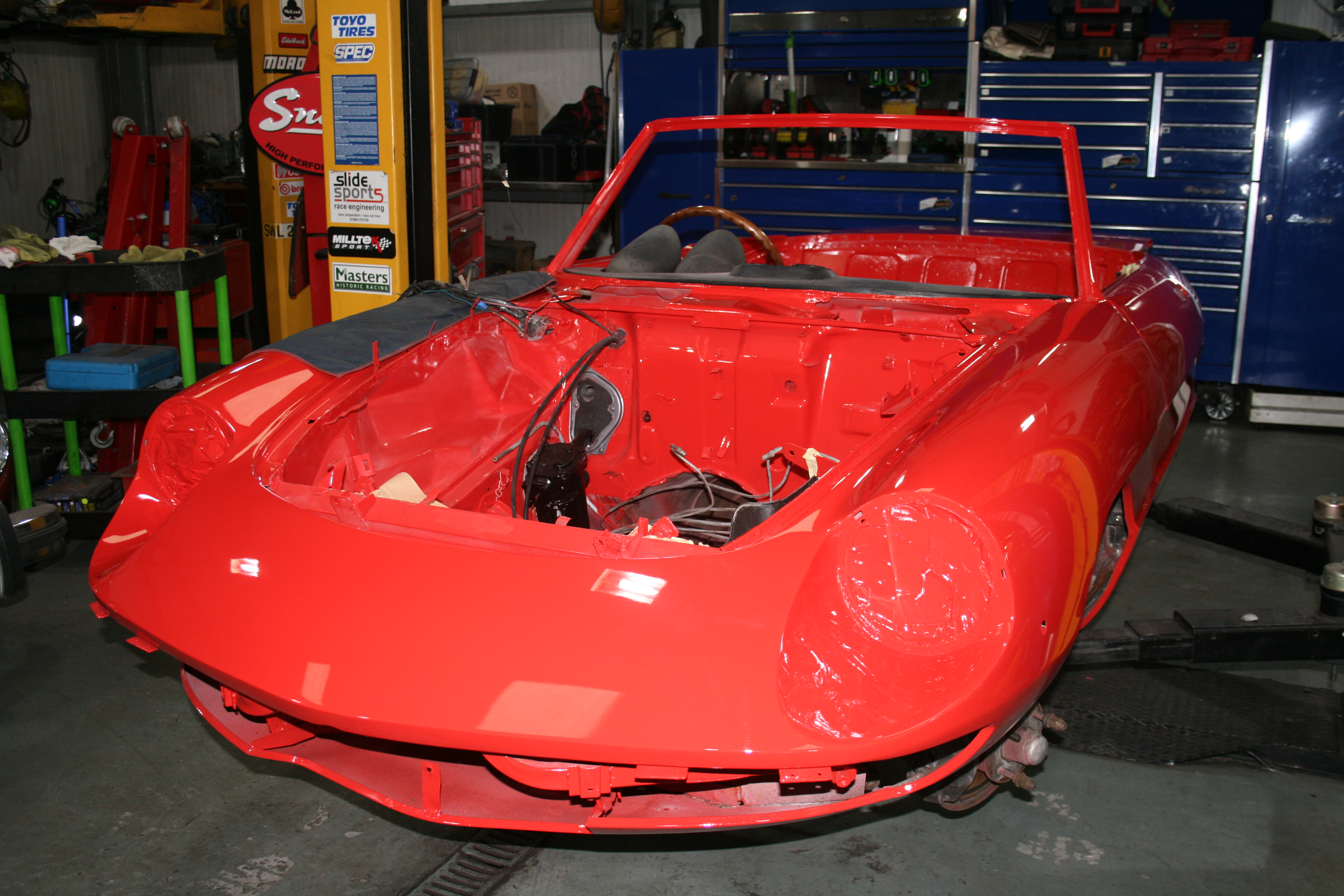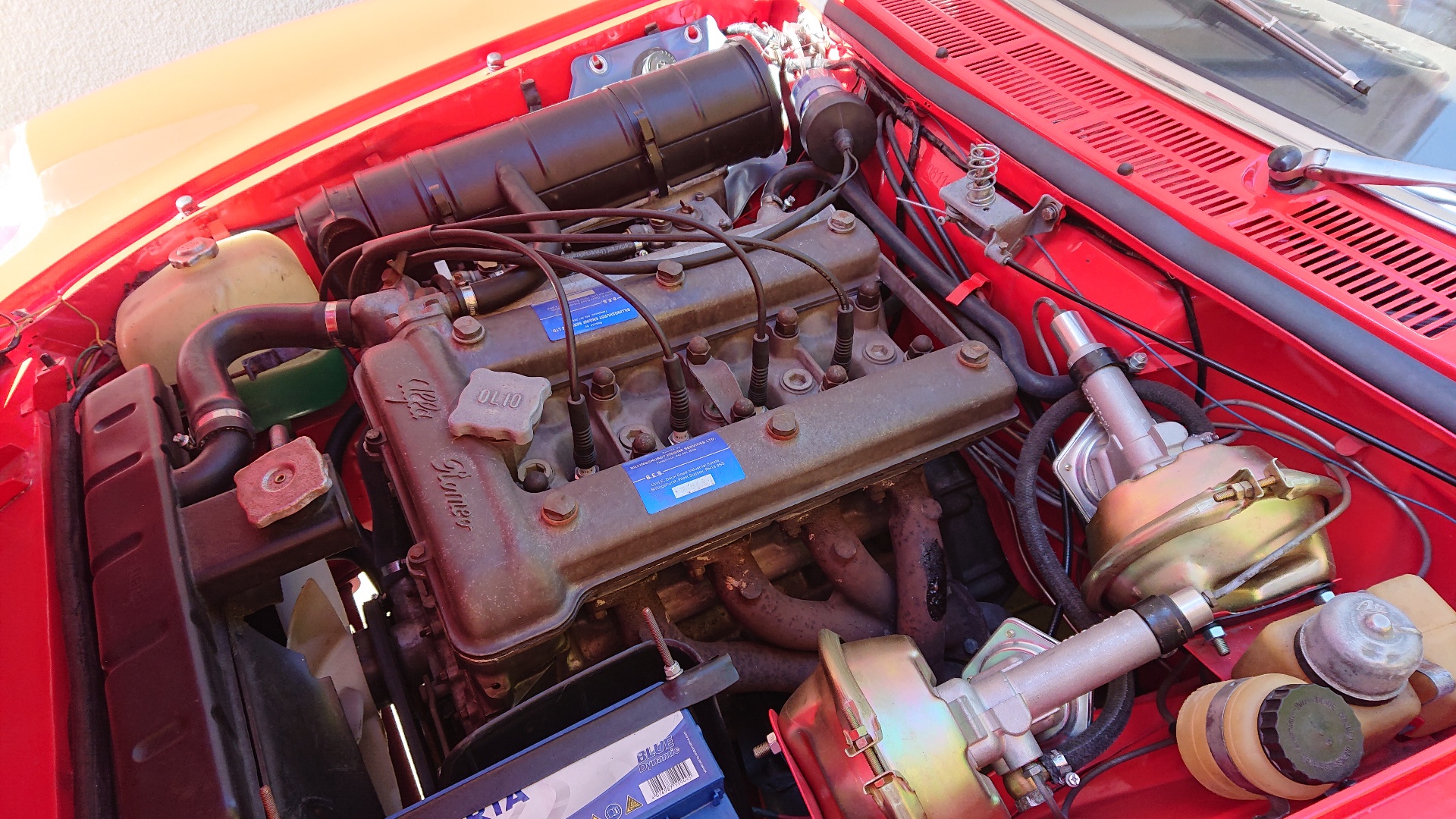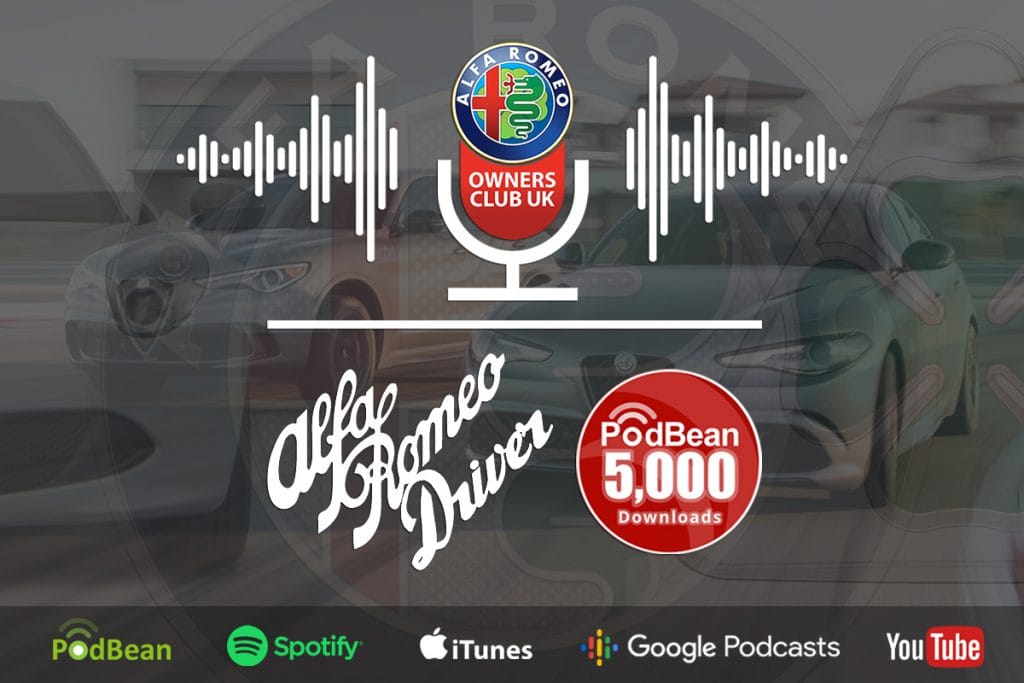
Giulia (Type 105) 1962-1993
John & Beth Timms
1962
Rosso Semaforo
2964


Model History

The Alfa Romeo Spider was introduced in 1966, based on a shortened version of the Alfa Romeo 105 series chassis, as used in the Giulia range of saloons and coupes, and the launch was publicised with a competition to find a name for the new model. The winner was ‘Duetto’ and although the original 1960s models were subsequently known as Duettos, they were never formally sold as such.
These cars were characterised by their ‘boat tail’, a gently tapering rear profile. Originally they were supplied with a 1600cc twin cam engine, and later this was uprated to a 1750cc version. The Duetto benefited from some inspired product placement as Dustin Hoffman’s car in the film The Graduate.
In 1971, the series 2 Spider was introduced, with the main bodywork change being the ‘cut-off’ tail of this example. A later Series 3 with plastic bumpers was introduced in the 1980s, and a final Series 4 version was available in the 1990s with further refinements to the body and interior. The Spider remained in production for 27 years – 3-4 times the duration of most modern cars.
Engines were always 4-cylinder twin cam, available with 1300, 1600, 1750 or 2000cc capacity. Power outputs range from 89bhp to 132bhp. A fuel injected version was introduced in the 1970s for the US market, using a Spica mechanical system, and the Series 4 models all used Bosch electronic injection – all other cars were fitted with dual twin choke carburettors – Solex, Weber and Dell’orto all being used.
The ‘Veloce’ in the model designation means ‘rapid’ in Italian, and was used at the time to indicate cars fitted with the two twin choke carburettors (compared to a single one, which yielded less performance).
Spiders were actually assembled for Alfa Romeo by Pininfarina, the renowned Italian coachbuilder, hence the stylised ‘f’ (for farina) badging on the side panels. They were as a result available in different colours to the rest of the Giulia models, for example Rosso Semaforo being unique to Spiders in the 1970s, and it is often known as Rosso Pininfarina as a result. It has a little yellow in the paint recipe, compared to standard Rosso Alfa.
The 105 series Alfa Romeos were very sophisticated for the day, with all-round disc brakes, 5-speed gearboxes, and excellent handling and performance. Racing versions of the coupes in particular were very successful internationally, and many still compete in historic racing, along with a few Spiders and saloons.
This sophistication did come at a price – back in the 1960s, Spiders were around the same price as a Jaguar E-type, partly as a result of import duties, of course. Nevertheless, in total, around 125,000 Spiders were produced. This Series 2 would have cost around £2800 new in 1975.
There are still several hundred Spiders on the road in the UK, and parts supply is very good – almost everything is available new. Values are now over £40000 for the best Series 1 examples, a little less for Series 2, and less again for the younger variants, meaning that restoration is almost always financially viable.

History

Owned by me since 1990, this Series 2 2000 Veloce went through a floor restoration and bare metal respray in the 2010s. It was actually a pale yellow (Giallo Prototipo) when it left the factory, but was resprayed the classic Rosso Semaforo in the 1980s, the same time as the engine was rebuilt, and both a new hood and later series 3 seats fitted (with better seat belt guides and more side support). Apart from the seats, the car is correct specification, including the classic pressed steel wheels and period Michelins, and enjoys the luxury of optional carpets instead of rubber mats. Mileage is now 78000.
I have records showing that the car spent its first few years in Surrey, then some time in the Cotswolds, before being kept in Central London prior to my acquisition – the previous owner’s address was Clarence House! Not HM the Queen Mother but her Private Secretary (an army officer)…

Specification

Original UK-spec RHD Series 2, supplied by Bell and Colvill of West Horsley, Surrey
Colour: Rosso Semaforo (Signal Red)
Engine: 1962cc Twin Cam, 132bhp, two Weber twin choke carburettors
Transmission: 5-speed all synchromesh gearbox, limited slip differential, RWD
All-round disc brakes with twin servos





